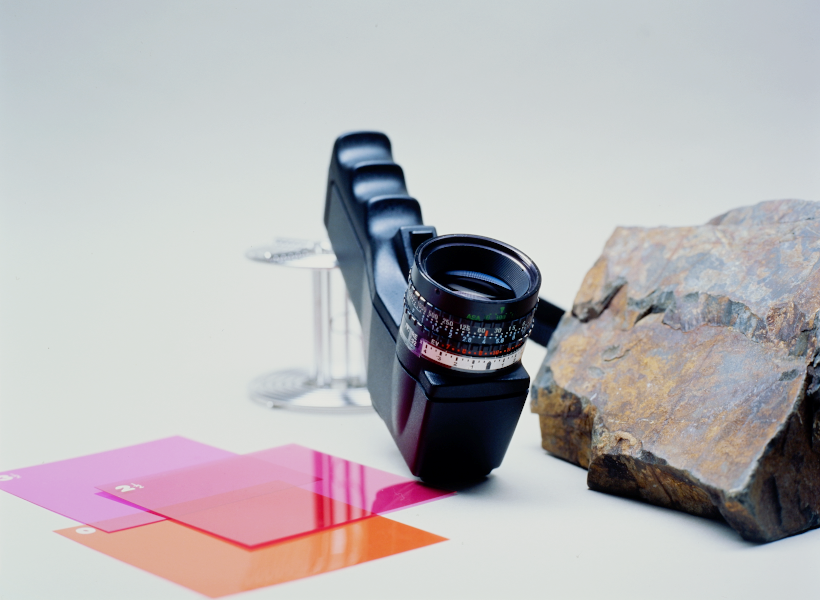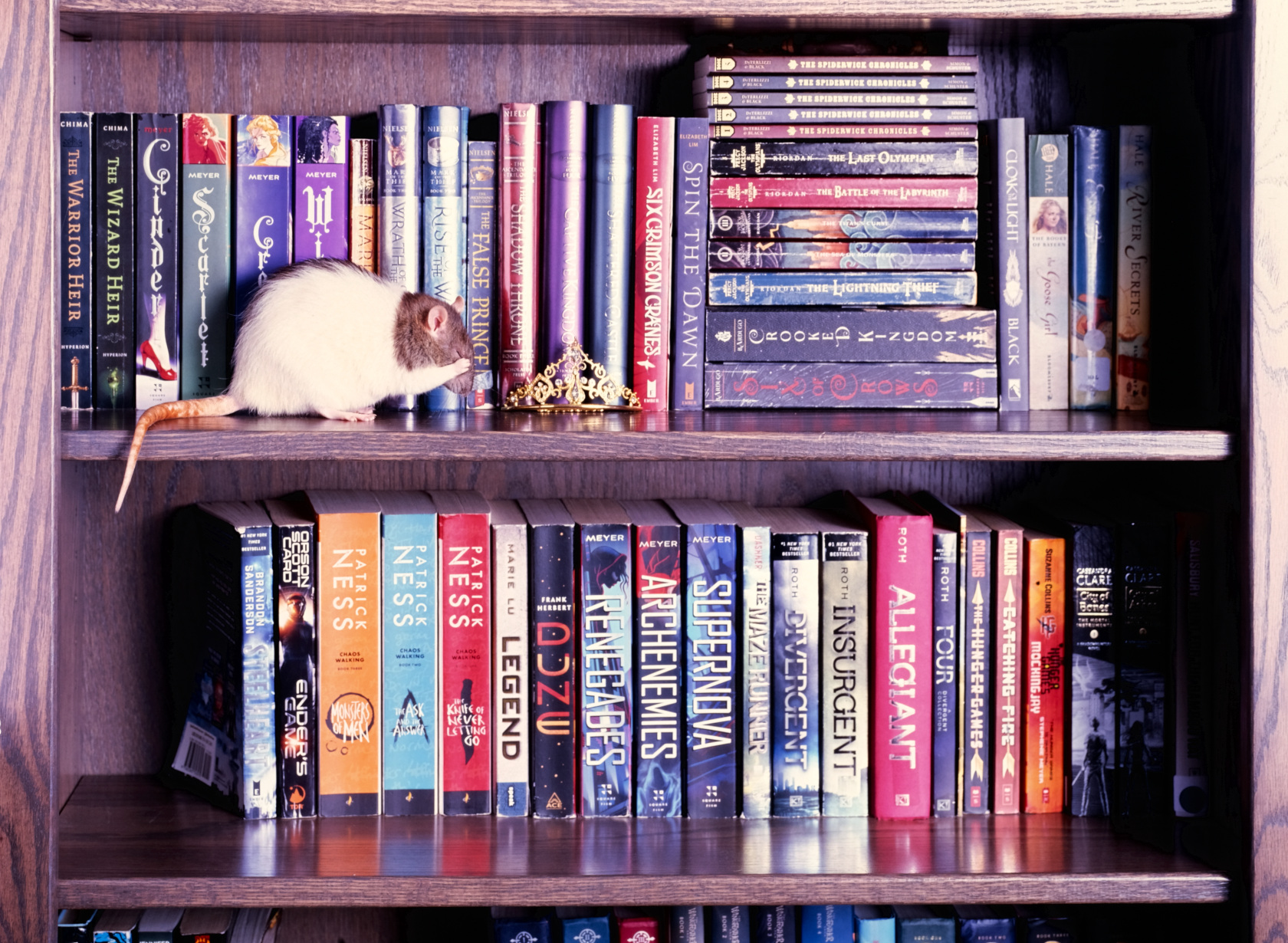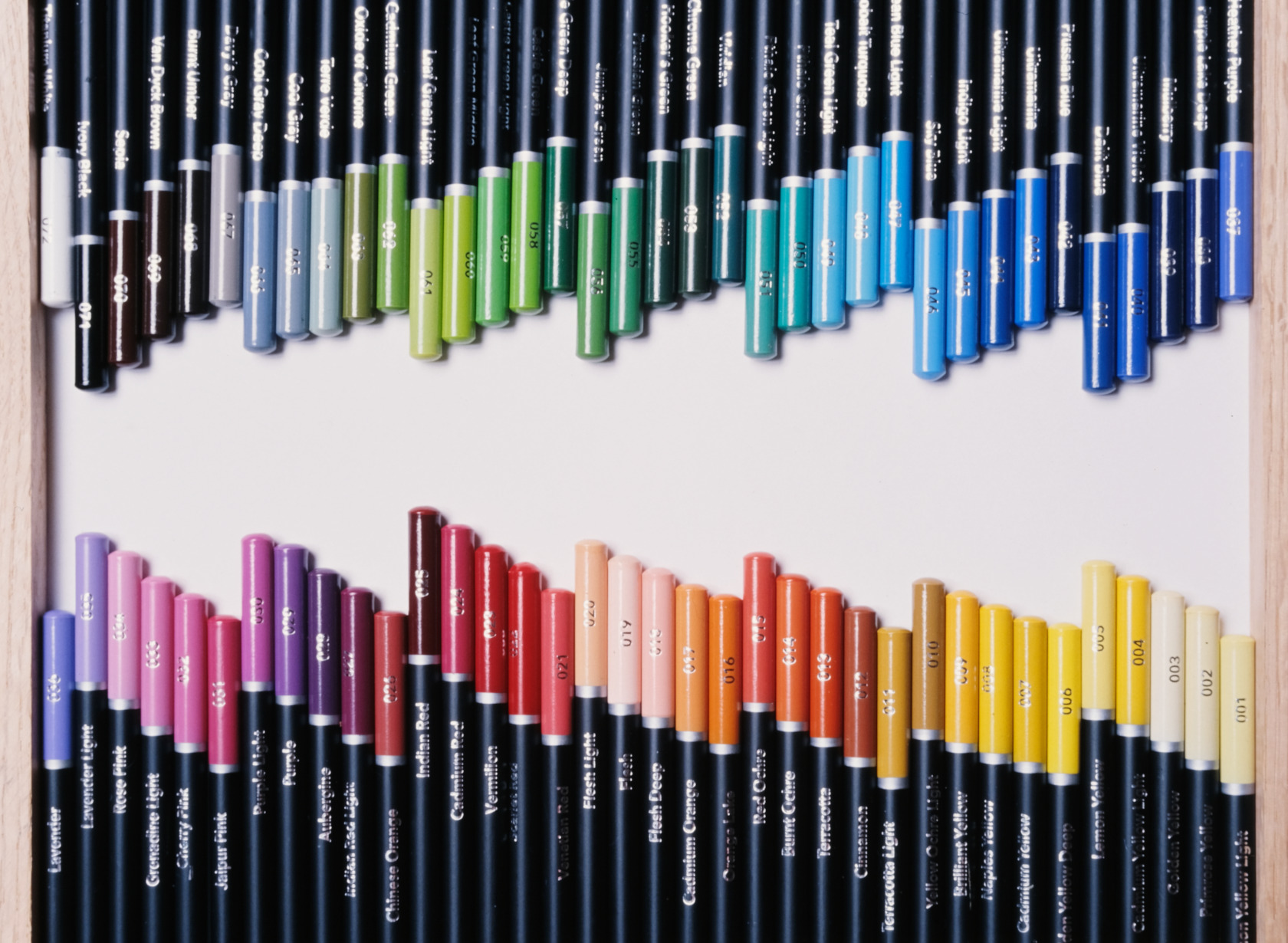Ektachrome E100
For those used to working with the exacting metering and vibrant colors of Fujichrome films, Kodak E100 is a surprise. Fujichrome films are striking and unforgiving—very little can be done to adjust the tone of the image. Ektachrome has a flat response that can be adjusted using strategic filtration.
 In the following image, the paper backdrop (Savage #15 Suede Gray) and the
iron-laden rock are rendered in warm tones on Provia. On E100 there is a bias
towards yellow-green. The color space is also exceedingly neutral, as if it
was designed for post-scan color grading.
In the following image, the paper backdrop (Savage #15 Suede Gray) and the
iron-laden rock are rendered in warm tones on Provia. On E100 there is a bias
towards yellow-green. The color space is also exceedingly neutral, as if it
was designed for post-scan color grading.
Figuring out how to work with this film to produce vivid results has proven to been difficult—Ektachrome E100 requires a new approach to development and scanning.
A New Mindset
The first insight I came across was from Ken Rockwell's brief review of
E100G:
You can get strong colors on E100G, but you have to point your camera at
something colorful to start.
This reminded me that we never simply shoot with Velvia 50. Photographers
learned how this film would react
at the edge of light
,
(as Ben Horne said) and they developed a vision based on what the material
would deliver.
Cost
I am not normally deterred by the cost of film, but everyone has a limit. The price of a 120 5-pack has dramatically increased over time.
| August 2020 | $51.95 |
| March 2023 | $69.99 |
| January 2024 | $81.99 |
| July 2024 | $83.99 |
| August 2024 | $86.99 |
| October 2024 | $89.99 |
| August 2025 | $92.95 |
Using a
Starscape
Filter
Filter factor: 1.4 ( ½ stop )
This filter is known by many names, including Didymium, Red Intensifier, and Light Pollution filters.
Glass which includes rare-earth elements praseodymium (Pr) and neodymium
(Nd) function as a
bandstop
filter for light.
Unlike tinted glass, the
Hoya RA54 filter
is capable of diminishing yellow-green without distorting the entire spectrum.
 E100 + RA54 filter / Godox MS300 flash with silver umbrella
E100 + RA54 filter / Godox MS300 flash with silver umbrella
Hoya
Portrait
Filter
Filter factor: 1.15 ( ⅕ stop )
The Hoya Portrait filter is similar to the RA54 filter, but with a far more subtle effect. You can shoot almost anything using this filter with no regret.
Development
Some have claimed that this film should be rated at ISO 80, but in my experience the "box speed" of 100 is accurate.
As with Provia 100F, Ektachrome E100 push processes nicely. Unlike Velvia 50 E100 does not blow out hilights. To gain more saturation and more speed, try push processing.
 E100 pushed 1 stop / two Godox MS300 flashes with silver reflectors
E100 pushed 1 stop / two Godox MS300 flashes with silver reflectors
The Future of Color
On December 10, 2019 Kodak Alaris announced E100 was available in 120 and 4x5. In 2021 Fujifilm (apparently) stopped manufacturing film altogether, leaving Kodak as the only manufacture in the world still producing color film. It is possible that E100 will be the last color reversal film ever made.

E100 metered at ISO 100 / Kino Flo 5600K florescent
Reciprocity
Compensation for reciprocity is not listed by Kodak and the claim by Fujifilm
seems unlikely to be accurate. As a starting point try Ilford's formula
power(Tm, 1.26).
Datasheets
Kodak Ektachrome E100
Fujifilm Provia 100F
Fujifilm Velvia 100